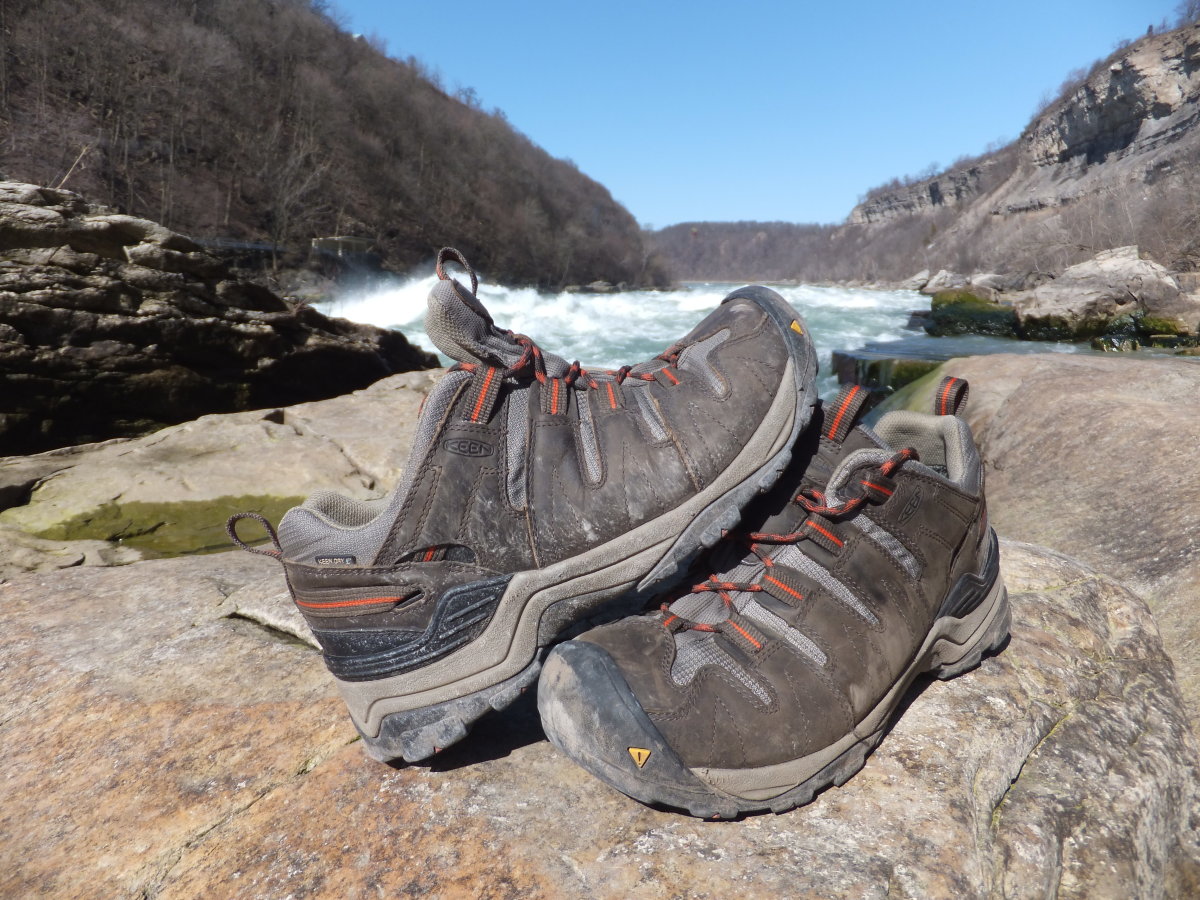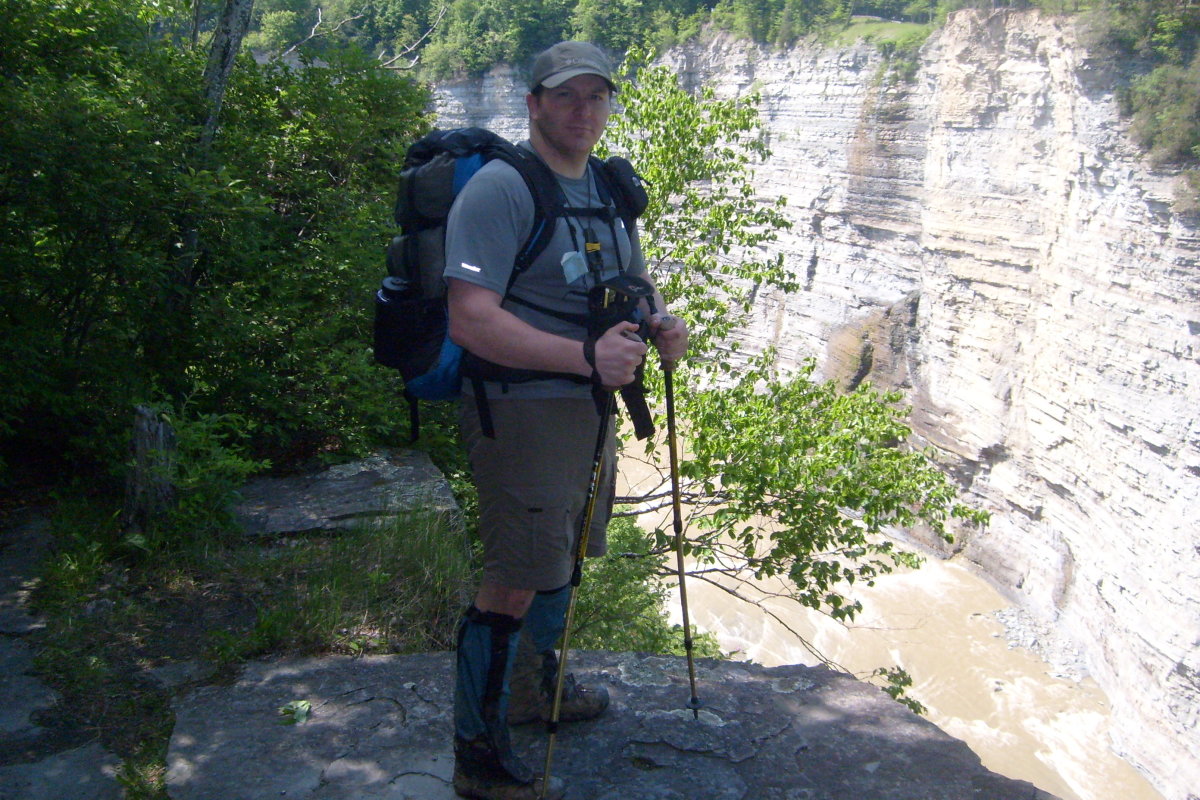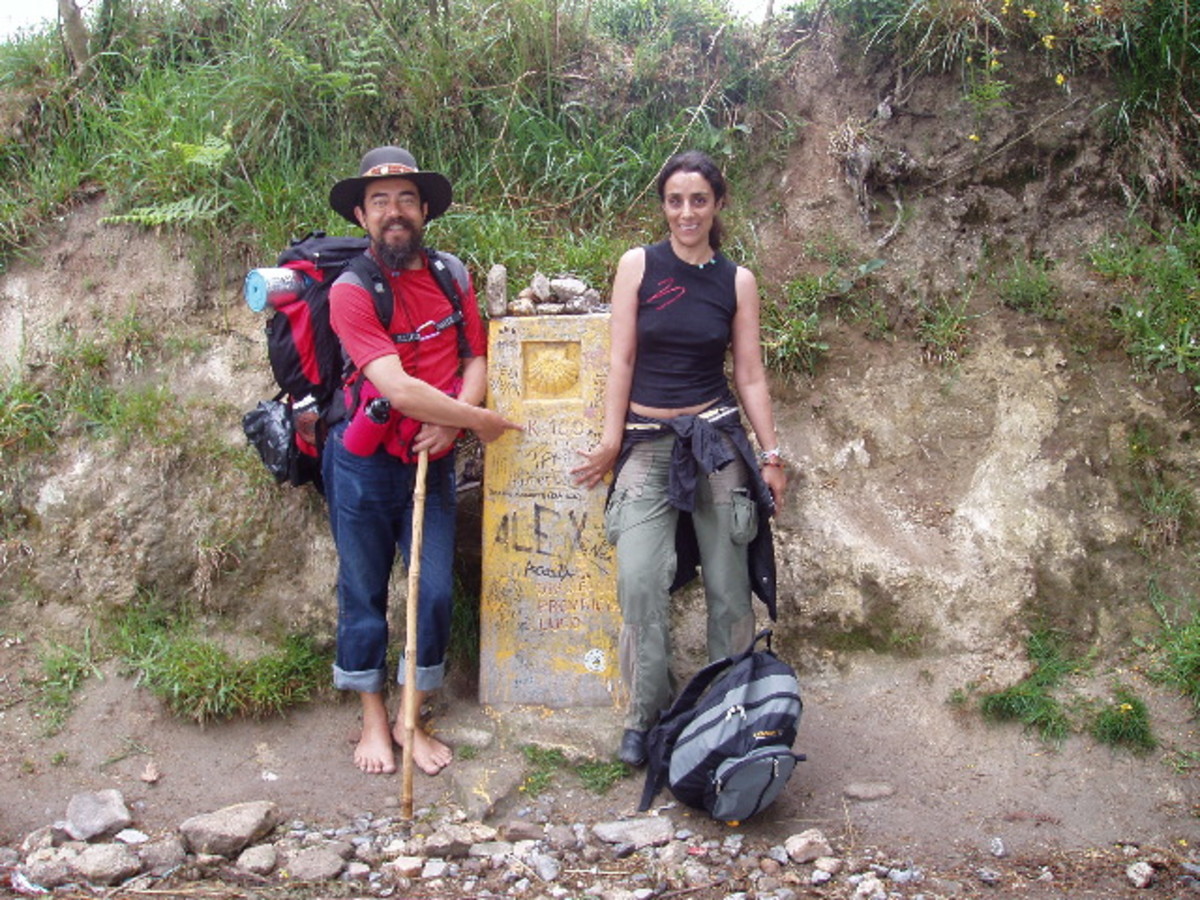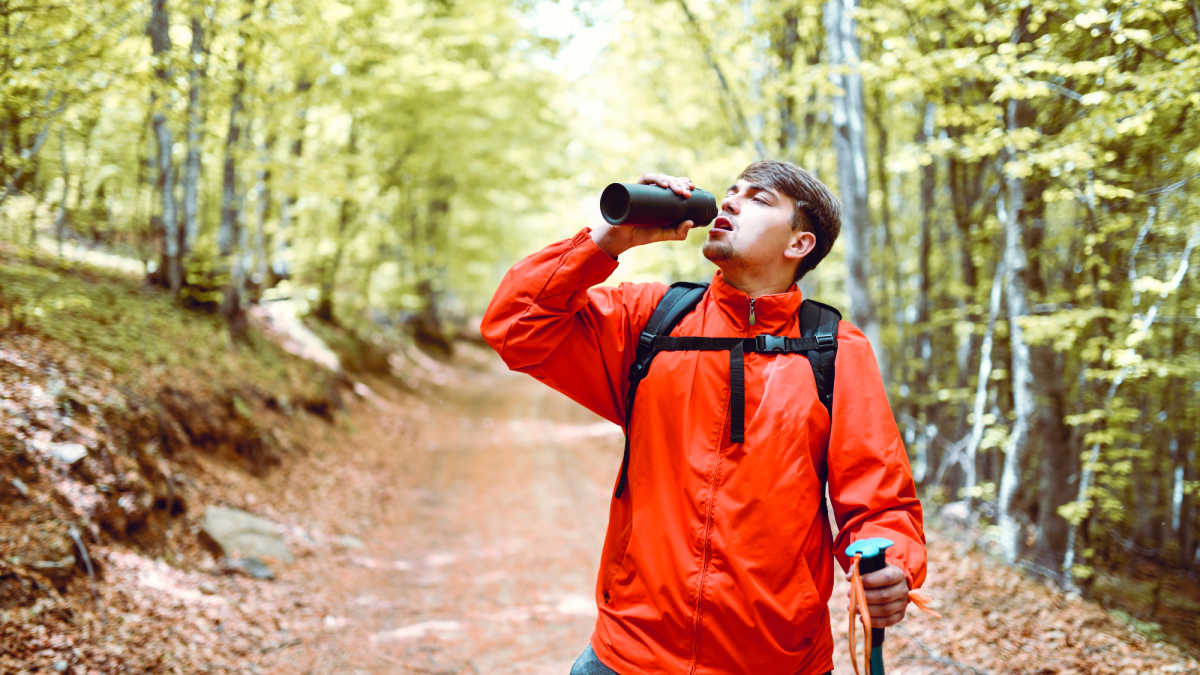How to Properly Fit Hiking Boots
These Boots Were Made for Walking
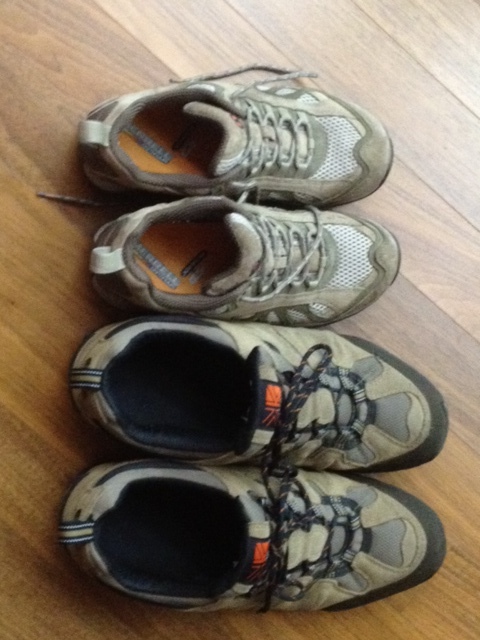
Channel Your Inner Goldilocks
When it comes to hiking boots, you should try as many as possible, until you find the perfect fit. As with other shoes, your boots will need some breaking in before they fit you perfectly, but for comfort and safety on the trails, you should buy ones which have the best fit possible.
Start at the Bottom
When shopping for hiking boots, start with the soles. You should not be able to twist them like other shoes. Trails can be rough, rocky places, and a thick, solid sole protects your feet.
Moving up, look for some side protection. While hiking, you are likely to encounter branches and rocks which could penetrate the soft fabric of the upper. So, you should look for a boot which has some protection extending at least two centimeters up from the sole. This will keep your feet safe while extending the life of the boots.
Moving further up, you should consider the trails you typically hike and whether you would benefit from ankle support. The more uneven the terrain you usually hike across, the more important ankle support will be for your comfort and safety.
Finally you should look for a waterproof upper. Hiking boots can be waterproofed, but ones made of waterproof textiles, such as Gore-tex, require less maintenance. Wet feet lead to blisters and potentially much worse, depending on how long you continue hiking with them wet.
The Perfect Fit
You should mimic real life conditions when you try on hiking boots, to ensure a true fit. This means wearing two pairs of socks: a thin inner pair and thick outer one, just as you should on the trail to prevent blisters.
First, wearing only the thin inner pair, try the boots on. Walk around, taking careful notice of any areas which rub or pinch. You may not be sensitive to these with both pairs of socks on. Once you have found a pair which passes this test, put on the second pair of socks.
Wearing both pairs, perform a finger check: you should be able to slide a finger between the boot and the back of your ankle. The shoes should feel comfortably snug throughout, with no loose or tight spots anywhere.
Now it's time to take them for a walk around the shop. You are ensuring your toes do not hit the front of the boot and your heels don't slide as you walk. If you are at a specialty shop, there may be an incline for you to test hilly conditions, but it is more likely you will have to create an incline in some way.
Obviously, you do not want to damage anything, but if possible, try to create an incline somehow, so you can test walking up and down, as toes are more likely to get jammed on uneven terrain than when walking on the flat.
So, when you have found a pair of waterproof boots with a stiff sole, side protection, and ankle support which don't rub or pinch, have a finger space behind your ankle, don't allow your heels to slide or jam your toes, you have found your perfect pair. You may have noticed that I haven't mentioned any brands or models. One reason is manufacturers are constantly updating their products, another is that feet are unique-- my twin sister and I couldn't wear each other's boots.
While I won't make any specific recommendations, I will say that when it comes to hiking boots, you get what you pay for. The right boots protect you from injury and provide stability and grip.The right fit will go a long way to preventing blisters, injured toe nails, or worse.
Hiker's Toe
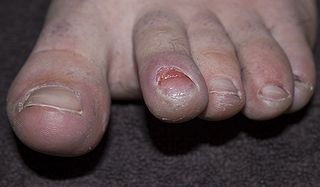
Mall Walking Before Trail Walking
Congratulations, you have found your perfectly fitting boots! I know you are excited, but you are not quite ready for the trails just yet. As with all new shoes, there will be a period of breaking them in to the exact shape of your foot. You do not want to get miles from your car (or civilization) only to realize your new boots cause terrible blisters, despite your best efforts.
To prevent this, take them for a few outings close to home, such as your neighborhood or the mall. You can cover a few miles, without actually isolating yourself. You can carry a change of shoes in your daypack, since you won't need your other kit. If your new boots have leather uppers, you should have several walks of several miles each, working up to a distance mimicking your usual hiking distances before wearing them on the trails.
To further attempt to prevent blisters, apply moleskin or Vaseline to problem areas: those spots which have been troublesome for you in the past, for example. If you are new to hiking, I can't emphasize enough the importance of preventing blisters. If you are just going out for a short hike, it may not seem like such a big deal, but if you intend to be covering long distances, blisters can bring an anticipated outing to an abrupt and painful end.

